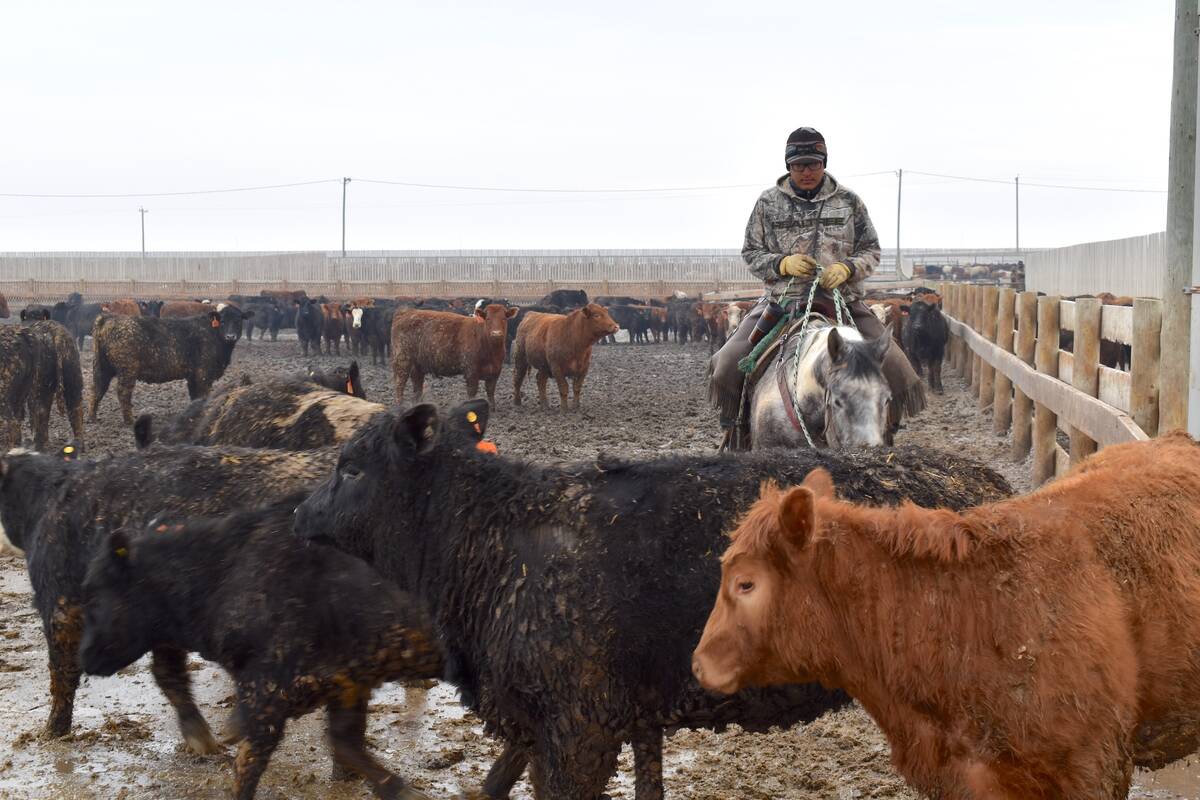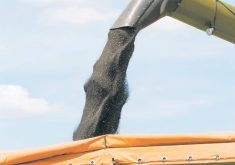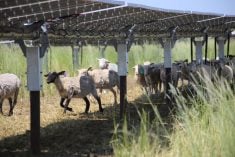Even before the pandemic and the drought, Alberta farmers — along with their Canadian counterparts — saw their incomes drop, according to the latest report from StatCan.
“Farm families in Alberta earned the highest average total income nationally for a second consecutive year in 2019,” the federal agency said in a recent report. “However, their average total income was down 2.7 per cent to $172,721.”
And that’s been a trend for several years. In 2015, total income for farm families in Alberta was just slightly under $199,000.
Read Also

Gen Z creates ag hiring challenges
Agricultural employers may need to think outside the box to attract and retain Gen Z employees back to the rural lifestyle
What’s driven this decline isn’t clear although the report touches on a few factors (notably a decline in buying from China that year). Moreover, ‘total income’ is a mixed bag. It includes both farm revenue and off-farm income — and, confusingly, off-farm income can actually include wages and salaries paid by the farm.
Still, the declining income trend pretty much cuts across production types — but the amounts (which come from tax records) are vastly different depending on what commodity you produce.
On grain farms, average total income in 2019 was $204,776 (versus just over $227,000 in 2015) with off-farm income accounting for $112,278 of that total. But the story on cattle operations (including feedlots) was much different — total income in 2019 averaged $140,799 (versus nearly $174,000 in 2015) with off-farm income roughly the same as on grain farms ($114,769).
But the numbers on the supply management side were much different.
On dairy farms, average total income in 2019 was $294,105 (versus $318,000 in 2015) with off-farm income accounting for a much smaller share ($81,974). Poultry and egg farms also had much higher incomes — averaging $241,474 in 2019 (compared to $305,000 in 2015) with off-farm income of $114,015.
Not knowing how much off-farm income actually comes from the farm muddies the water, but assuming most of the money is truly earned off farm, it’s a huge factor in the lives of Canadian farm families.
“Off-farm income accounted for 64.4 per cent of the total income of farm families in 2019, up from 62.9 per cent in 2018,” the StatCan report states.
But again, the figures vary wildly according to farm type.
In Alberta, off-farm income accounted for about 55 per cent of the total for grain farms, nearly 82 per cent on cattle operations, just 28 per cent on dairy farms, and 47 per cent on poultry and egg operations.
Nationwide though, supply-managed commodities didn’t take top spot on the podium when it comes to farmers making money from farming.
“In 2019, families operating potato (66.8 per cent), dairy cattle (60.9 per cent), and poultry and egg (50.7 per cent) farms derived most of their income from farming activities,” said the StatCan report.
The numbers for Alberta potato farms are even higher but the data shows those operations saw a dramatic jump in both crop receipts and program payments in 2019.
Overall, Alberta farm families had the highest average total income nationally with second spot going to Saskatchewan (with an average total income of just over $170,052).
The numbers are drawn from tax records of more than 120,000 farm families across the country (with roughly a fifth of those coming from Alberta). Because of changes in the way the data is presented, only numbers from the years 2015 to 2019 are comparable.
















